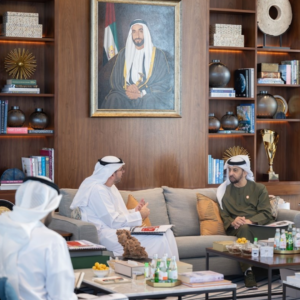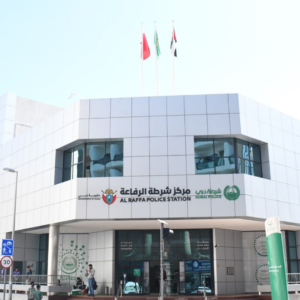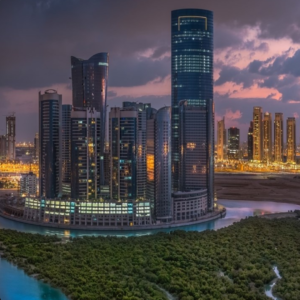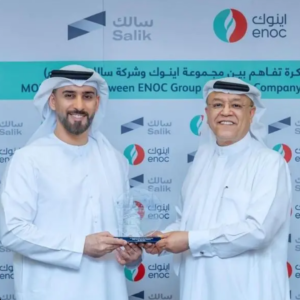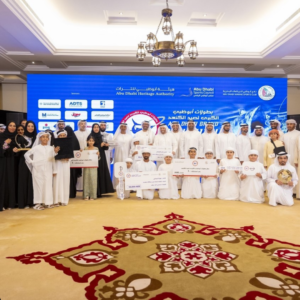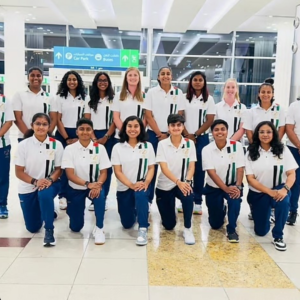Dubai’s recent initiative to introduce bus and taxi lanes on six additional streets is a strategic move aimed at enhancing the efficiency and effectiveness of the city’s transportation network. By designating specific lanes for buses and taxis, Dubai aims to streamline traffic flow, reduce congestion, and improve overall mobility for residents and commuters.
The decision to expand bus and taxi lanes underscores Dubai’s commitment to prioritizing sustainable and accessible transportation options, aligning with its broader vision of becoming a global leader in smart urban mobility solutions. By providing dedicated lanes for buses and taxis, the city seeks to incentivize the use of public transport and promote more eco-friendly modes of commuting, thereby reducing reliance on private vehicles and mitigating traffic-related emissions.
The introduction of bus and taxi lanes on six additional streets reflects a proactive approach to addressing the evolving transportation needs of Dubai’s growing population. As the city continues to experience rapid urbanization and demographic expansion, efficient public transportation infrastructure becomes increasingly vital in ensuring seamless connectivity and accessibility for all residents.
Moreover, the implementation of dedicated lanes for buses and taxis is expected to yield tangible benefits in terms of travel time savings and reliability. By minimizing delays caused by congestion and facilitating smoother traffic flow, these lanes enhance the overall efficiency of public transport services, making them a more attractive option for commuters seeking convenient and reliable alternatives to private vehicles.
Additionally, the expansion of bus and taxi lanes contributes to the broader goal of promoting sustainable urban development and reducing the environmental footprint of transportation activities. By encouraging modal shift towards greener modes of transport, such as buses and taxis, Dubai aims to mitigate air pollution, alleviate traffic congestion, and enhance the quality of life for its residents.
Furthermore, the introduction of bus and taxi lanes complements Dubai’s ongoing efforts to leverage technology and innovation in optimizing transportation systems. Through the use of intelligent traffic management solutions and real-time data analytics, the city can monitor traffic patterns, adjust lane allocations, and improve the overall efficiency of its transportation network in response to evolving demand and changing mobility trends.
In conclusion, Dubai’s decision to add bus and taxi lanes on six more streets exemplifies its proactive approach to enhancing transport efficiency and promoting sustainable urban mobility. By prioritizing public transport and investing in innovative infrastructure solutions, the city aims to create a more accessible, resilient, and environmentally sustainable transportation network that meets the needs of its diverse population.


